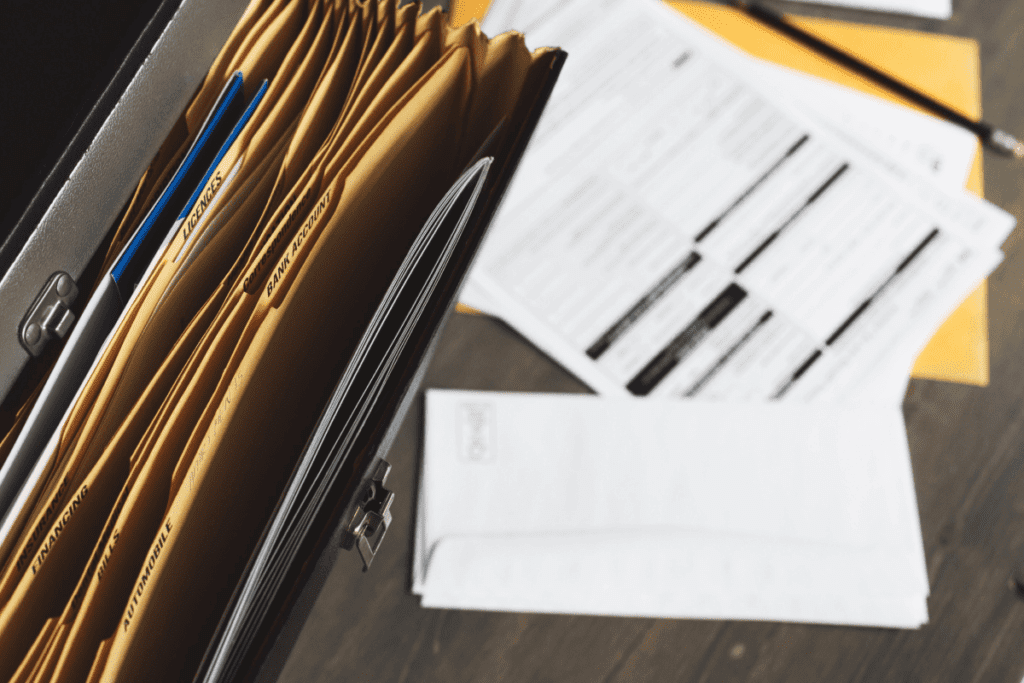
As the year comes to an end, there is no better time than now, to start thinking of possible ways to pay less income tax and maximize your tax return. Filing your income tax and benefit return does not have to be daunting. It could be done easily, like through an online software like TurboTax, and in such a way to reduce the taxes you have to pay.
That is what this guide helps you to do, reduce your income tax payable. Keep reading to find possible ways to maximize your income tax and benefit return. Here are 30 practical ways you can pay less income tax in Canada for 2022.
Take advantage of your Registered Retirement Savings Plan (RRSP)
Maximizing your RRSP contributions for the year is one sure way to reduce your taxes regardless of whether you work for an employer or are self-employed. Your RRSP contributions qualify for tax deductions. RRSP tax deductions reduce your tax payable in the year that you claim them, and allow you to pay lower taxes.
Your contributions in your RRSP grow tax-free until when you withdraw your money in retirement. The great part about this is that your income tax rate in retirement is expected to be lower. Why is that good? That means that your income tax bill should be lower too.
Hire a family member
You may have access to certain tax benefits when you hire a family member as a self-employed individual. When you hire a family member, you can claim the payroll expense on your business income. The benefit is that you still manage to keep the business income within your family.
Deduct home office expenses
You can reduce your income tax payable by claiming home office expenses. Following the COVID-19 pandemic, the Canadian government has simplified the process for claiming work-from-home employment expenses. A temporary flat rate work-from-home expense claim method was introduced to this effect. If eligible, you may be able to claim a tax deductible of $2 for every day you worked from home up to $500. This is an increase from the $400 limit in 2020.
You are eligible to use the new temporary flat rate method of determining your work-from-home expenses if you meet the following conditions:
- You had reason to work from home due to the pandemic
- You worked more than 50% of the time from home for at least four consecutive weeks
- You do not claim any other employment expenses on line 22900 of your income tax and benefit return
- You did not receive any reimbursement from your employer for your home office expenses.
However, if you do not meet the eligibility for the new flat rate method, then you can use the detailed method to claim the actual amount that you spent working from home. You will need to complete this claim by using either the Form T2200 – Declaration of Conditions of Employment or Form T2200S – Declaration of Conditions of Employment for Working at Home Due to COVID-19 received from your employer.
Eligible expenses that you can claim include rent, utilities, internet fees, supplies, long-distance calls, etc. Remember that only the portion of expenses related to work-from-home can be claimed.
Maximize your employer benefits
Most employers give certain benefits to their employees. Make sure to explore all benefits that apply to you and take advantage of them. For example, some employers offer a match to your RRSP contributions, this can increase your RRSP contributions for the year and reduce the income tax that you have to pay in the tax year.
However, you will need to be mindful of your RRSP contribution room for the year, especially if you are also making personal contributions to a separate registered retirement savings plan.
Asides from pension contributions, other perks that can lead to more money for your pockets include benefits or reimbursements for health-related costs, employment relocations, work-from-home benefits, educational and professional development expenses, etc.
It is important to note that when filing your income tax and benefit return, you can not claim expenses that have been reimbursed by an employer.
Get tax credit for donations
In an applicable tax year, you can get tax credits for charitable donations that you make to a registered organization or recognized donee. You need to make the donations by December 31. Also, you can reduce your income tax if you, your spouse, or your common-law partner did not claim the donations tax credit in the past five years for any eligible donations.
When you make claims on an eligible amount of a gift, the CRA applies a limit that is 75 percent of your net income.
The applicable tax savings on eligible donations are non-refundable. This means that you can use it to reduce any tax amount you owe and if you do not owe any, the tax credit for donations that you have made will not be refunded to you.
Contribute to spousal Registered Retirement Savings Plan (RRSP)
If you are not able to contribute to your registered retirement savings plan, you can contribute to your spouse’s or common-law partner’s RRSP until the year that they turn 71. However, note that this reduces your RRSP deduction limits for the tax year. This can enable you and your spouse or common-law partner to split income from RRSP withdrawals in retirement. Depending on your income brackets, this may result in lower income taxes.
Deduct moving expense
You can claim tax credits on line 21900 of your income tax and benefit return when you move for employment or self-employment purposes. You will need to calculate your eligible moving expenses by using Form T1-M, Moving Expenses Deduction. Generally, when you have eligible moving expenses either as a result of employment, self-employment, or full-time study, you can reduce your taxable income by deducting the relocation costs.
As a full-time student, you can use the moving expense claim to reduce your taxable income and benefits such as research grants, scholarships, fellowships, bursaries, etc. Also, if you move as a result of work such as a summer work placement, co-op, or even to run a business, your related moving expenses can be deducted from your income earned in the new location. Eligible relocation costs that you can claim include costs to:
- transport and store your household items,
- travel between locations such as vehicle expenses travel meals and accommodation,
- fund your temporary living expenses as a result of the move for up to 15 days,
- cancel your old housing lease,
- change your home address, replace driving licenses and other permits,
- utility setup and disconnections,
- maintain your old home such as interests paid, property taxes, utilities,
- sell your old home and buy a new home.
Note that there are moving expenses that may not qualify for a tax credit. For example, costs to forward your post mails, clean your residence location, replace personal items, look for a job before you move, etc, are not eligible for the moving expense tax credit claim. Additionally, you must have moved at least 40 kilometers closer to your new work, business, or school to qualify for the moving expense credit.
Claim child care costs
If as a result of working for an employer or yourself, attending a school program, or carrying out research, you had to pay for child care, you can reduce your taxes by using the child care tax credit.
You can only claim child care costs for an eligible child. The CRA considers an eligible child to be either your child or your spouse’s or common-law partner’s child under the age of 16 at some point within the tax year. However, if a dependent has an impairment or disability, then the age limit will not apply.
Additionally, if a child with a net income not more than $13,229 in 2021 is dependent on you or your spouse or common-law partner, then they can qualify for the child care cost tax credit.
It is important to note that when claiming the child care expense credit, the applicable dependent must have lived with you, your spouse, or your common-law partner, as at the time you incur the expense. Also, in general cases, you may be able to claim only child care payments made to a Canadian resident in Canada except in certain situations.
The eligible child care expenses can include costs for caregivers, care services at daycare centers and educational institutions, day camps and day sports schools with a primary goal to care for children, boarding schools, or camps with lodging.
These expenses can be claimed on line 21400 of your income tax and benefit return. You can calculate the child care deduction using form T778 Child Care Expenses Deduction, depending on your circumstance, you may be able to claim up to $11,000.
Write-off capital losses
If you have made any capital gains in the year, these will be taxed at an inclusion rate which is one-half of your gains. Capital gains generally arise when you dispose of a capital property through a sale or transfer, and the deemed proceeds are more than the adjusted cost base of the property.
For example, if you purchased a financial asset for $100 and incurred no cost of purchase, a simple adjusted cost base will be the cost of purchase which is $100. Assuming that you sell the financial asset for $150, you will make capital gains of $50. For capital gains tax purposes, only 50 percent of this gain, $25, will be taxable.
On the other hand, you can get a capital loss when you dispose of an asset at a price that is lower than the adjusted cost base plus any selling costs. Similar to capital gains, if you had made a capital loss on the disposal of your capital asset, your allowable capital loss will be half of your loss.
If you have a capital loss in a year, you can use it to reduce your capital gains in the same year.
Use carried-over net capital losses
If your allowable capital loss in a year is greater than your capital gain, this will result in a net capital loss.
Generally, because your net capital loss not used in the current tax year, cannot be applied to your general income, you are allowed to carry it backwards and apply it to capital gains as far back as three years. You can also carry your net capital loss forward to offset capital gains in the future.
To apply your net capital loss to a year other than the year in which you made the loss, you will need to fill the Schedule 3 form for Capital Gains (or Losses) and submit it with your income tax and benefit return.
Defer capital gains tax by claiming a reserve
When you dispose of a capital property and receive the full payment in a year, you will be subject to a 50 percent tax on any capital gains you make. However, when you receive the payments for your capital property in installment payments, then you can claim a capital gains reserve.
Claiming a capital reserve reduces the capital gains tax that you have to pay for the year. This strategy works if you want to carry forward gains to a future year when you expect to have a lower tax rate or incur capital income losses.
To claim a capital reserve, you will need to fill and submit Form T2017, Summary of Reserves on Dispositions of Capital Property. Generally, you can claim capital reserves for up to 4 years, except in certain situations.
You may not qualify to claim the capital reserve in a tax year if you were not deemed to be a resident of Canada or were exempt from paying tax at the end of the tax year, or at any time in the next year. Also, if you sold your capital property to a corporation that you control, you may not be eligible to claim capital reserve.
Claim the capital gains deduction
You may be eligible to claim the cumulative capital gains deduction and reduce your taxable capital gains from the disposal of certain properties. The properties that are eligible for capital gains deduction are qualified small business corporation shares and qualified farm or fishing property.
If you bring in any capital gains reserve from the disposition of your property in a qualified business corporation shares or a qualified farm or fishing property, you can also qualify for the capital gains deduction.
Generally, only deemed or factual Canadian residents throughout the year can claim the capital gains deduction. The capital gains deduction gives eligible individuals a cumulative lifetime capital gains exemption (LCGE) that applies to net gains realized when they dispose of qualified property.
For qualified small business corporation shares, the cumulative capital gains exemption is $892,218 for 2021 and $913,630 for 2022. The cumulative capital gains deduction is half of these amounts, $446,109 for 2021 and $456,815 for 2022.
For qualified farm or fishing property, the lifetime capital gains exemption on the disposition of qualified farm or fishing property is the greater of, one million dollars, and the lifetime capital gains exemption on the disposition of qualified small business corporation shares in a tax year. Thus, in 2021, the LCGE for qualified farm or fishing property is $1,000,000, and the cumulative capital gains deduction is half of this amount, $500,000.
Get the home buyer’s credit
You can get up to $5000 for the homebuyer’s if you or your spouse, or common-law partner purchased a qualifying home as a first-time buyer. This claim can be made on Line 31270 for the Home buyers' amount.
The qualifying home has to be registered in either of your names and must be in Canada to qualify for the credit. It could be an existing home or a home under construction such as single-family homes, semi-detached, townhouses, mobile homes, condominium units, apartments, or a share in a co-operative housing corporation that gives you an equity interest in a housing unit.
Note that, if your share in a co-operative housing corporation only gives you the right to tenancy, then it would not qualify for the home buyer’s amount. Also, you will have to occupy the home as your principal place of residence within a year of acquisition. You can claim the $5,000 amount in full or split it with your spouse or common-law partner.
File electronically using a tax software
When you file your income tax and benefit return using certified tax software through the NETFILE electronic filing method, you can get your tax refund processed faster within 2 weeks. This gives you access to your tax refund earlier. A great advantage of using an electronic filing method is, you have access to various free and paid software certified by the Canada Revenue Agency (CRA). Using certified tax filing software, something like TurboTax, is an effective way to reduce your taxes as the software helps you to identify tax credits and deductions that you can claim for the tax period.
Claim the Canada Workers Benefit (CWB)
You may be eligible to claim the Canada Workers Benefit refundable tax credit if you work and earn a low income. This tax credit can be claimed either as a basic amount or as a disability supplement.
While you can claim this tax benefit when you file your tax return, you may qualify to receive up to half of the benefit in advance. If you are eligible for the advanced payment, you will have to submit an application through your CRA My account profile or by filling and submitting Form RC201, Canada Workers Benefit Payments Application by August 31 of the tax year.
To claim the Canada Workers Benefit, you have to be a Canadian resident for income tax purposes and older than 19 years of age by December 31 of the applicable tax year.
You can claim the Canada Workers Benefit when you file your taxes electronically or by filling and submitting Schedule 6, Canada workers benefit if you file a paper tax return.
Claim tuition fees and other education expenses
You can claim education-related expenses such as tuition fees for post-secondary education in Canada. To qualify, you need to be at least 16 years old by the end of the year. The tuition fees will be eligible for a tax credit if the course is intended to develop or improve your skills for occupational or educational purposes certified by the Minister of Employment and Social Development Canada.
Additionally, if you paid fees for an occupational, trade, or professional association examination, you may be eligible for the tuition tax credit. If tuition fees have been reimbursed or are covered by a federal, provincial, or territorial job training program and have not been included as part of your income for the year, then you cannot claim the tuition expense tax credit.
Maximize your Tax-Free Savings Account (TFSA)
Your tax-free savings account is a tool to grow your income without having to pay taxes on it. While you do not receive tax deductions for your contributions to a TFSA like the registered retirement savings plan, you can reduce your income taxes substantially when you grow your income through a tax-free savings account. Because your contributions to a TFSA are from your after-tax income, when you earn investment income in your TFSA, you can receive this income without paying tax on it. It is important to check that you have enough contribution room for your TFSA before you make contributions to avoid paying a 1% tax of the excess amount for every month that it remains in the account.
Claim interest on student loans
On Line 31900 of your income tax return, you can claim the interest paid on your student loans. You may be eligible to claim this amount in the current tax year or the previous five years for post-secondary education if you received the loan through either of the following:
- the Canada Student Loans Act
- the Canada Student Financial Assistance Act
- the Apprentice Loans Act
- provincial or territorial government laws similar to the acts above
If you do not have a tax payable for the current year, you can carry forward your claim on interest for student loans for up to five years. Your claim can only be done by you, also, the claim on interest for student loans can only be done for interest payments that have not been claimed previously.
File your taxes before the deadline
Typically, there is no applicable tax credit or deduction for filing your income tax and benefit early. However, when you file your tax return by the deadline, you avoid paying any associated fees or penalties and you keep your money in your pockets.
Also, when you file your tax return early, your processing time may be shorter and you will receive your tax refund faster depending on if you submit your return electronically or through the paper tax return.
Hire a tax professional
Filing an income tax return may be straightforward if you have a basic source of income such as paid employment. However, when your income situation becomes complex either because you are self-employed or you earn rental or investment income, it may be beneficial to hire an accountant or a tax professional.
The cost-benefit analysis of using a tax professional compares how much you may need to pay for professional tax-filing services with how much you expect to claim in tax credits and deductions.
A tax professional may assist you in exploring various tax savings that you are not aware of as a novice. Also, if you make business or property income, you may be able to claim the fees you pay to a professional for income tax filing purposes.
Take advantage of the medical expense tax credit
If you or your spouse, or your common-law partner paid for eligible medical expenses within a 12-month period ending in the tax year and did not claim them in the previous year, you can claim the medical expense tax credit for the current tax year.
You can also claim eligible expenses for your dependents. Your eligible dependents include your children, grandchildren, parents, sibling, or other family members who were residents of Canada at any time in the year.
Examples of eligible medical expenses that you can claim include dental services, hearing aids, heart monitoring devices, hospital beds and services, In vitro fertility program, laser eye surgery, orthodontic work, moving expenses, prescription drugs and medications, pre-natal and post-natal treatments, and many others.
Incorporate your business
Registering your business as a corporation can help you claim more deductions as business expenses. Also, you may be taxed at a relatively lower corporate tax rate compared to your personal income tax rate.
If your business is not incorporated, your business income will be taxed at your personal income rate. Including your business income in your personal income can move you into higher tax brackets and cause you to pay higher income tax.
Coordinate with your spouse for transferred credits
Most tax credits and deductions apply to you, your spouse, or your common-law partner. This allows couples to coordinate and reduce taxes for whoever the tax credits or deductions benefit the most.
For example, if you have non-refundable tax credits related to caregiver, education, child care, or other allowable deductions, but you do not have enough taxable income or tax payable to apply these credits or deductions, you may be able to transfer them to your spouse.
Explore provincial and territorial tax benefits
In addition to federal income taxes, you also have to pay provincial and territorial taxes. As a result, there are also tax credits and deductions that you may be eligible for through your province or territory.
For example, if you file your taxes using the Alberta or Ontario tax return, you can claim tax credits in donations, adoption expenses, medical expenses, amongst others, in addition to the claims you make on your federal income tax.
Claim the northern living tax allowance
There are several benefits of living in the north. Asides, frequent views of the northern lights, you receive a tax allowance from the Canadian government. If you lived in a northern region, you can claim a certain amount when filing your tax return. This amount is known as the Northern residents deduction which you can claim on line 25500 of your income tax and benefit return.
There are two types of Northern residents deduction that you can claim, the residency deduction for having lived in a prescribed zone and a deduction for travel benefits you received from employment in a prescribed zone that are reported as your income.
The residency deduction has two claimable amounts, the basic residency amount and the additional residency amount. To claim this deduction, you must have lived in a prescribed zone continuously for at least six consecutive months.
Use the Canada Training Credit to reduce your taxes
As a qualifying student in an eligible educational institution, you can use the Canada Training Credit (CTC) to minimize your tax payable. If you were a resident in Canada for the whole year and were at least 26 years old and less than 66 years old at the end of the year, you can claim the CTC for eligible tuition and educational fees.
Additionally, you can claim the CTC if you have a Canada training credit limit (CTCL) for the current year on the latest notice of assessment or reassessment for the previous year. For every Canada Tax Credit you claim in a tax year, it reduces your Canada training credit limit for future years.
Deduct union fees or professional dues
You can reduce your income tax by claiming certain employment expenses such as union fees and professional dues. You can claim eligible expenses if you paid for them or if your employer paid for them and the expenses were included in your income for the tax year.
According to the Canada Revenue Agency (CRA), you can claim related employment expenses such as:
- annual dues for membership in a trade union or an association of public servants
- professional board dues required under provincial or territorial law
- professional or malpractice liability insurance premiums or professional membership dues required to keep a professional status recognized by law
- parity or advisory committee (or similar body) dues required under provincial or territorial law
You may not be able to claim expenses for licenses, initiation, special assessments, etc.
Claim carrying charges and interest expenses
Most people are not aware that they can claim investment management fees for non-registered or tax-sheltered accounts. You can also claim fees that you paid for certain investment advice.
Other carrying charges that you can claim when you file your tax return are
- Interest paid on loans for investments that yield interests and dividends. If you borrow to invest in assets that only earn capital gains, you may not be able to claim the accompanying interest rates
- Legal expenses for child support payments
- Fees you have paid for a professional to help you file your taxes if you have a business or property income
Use exploration and development expenses tax credit
Canada is the world leader in oil and gas stocks and a lot of Canadians are invested in energy stocks and exchange traded funds (ETFs). However, if you made direct investments in energy companies involved in exploration, then you can use the exploration and development tax credit. When you make these passive investments in petroleum, natural gas, mining, or certain clean energy generation and energy conservation ventures, you can claim exploration and development expenses when you file your tax return. The only catch is that it cannot be a part of your normal business operations.
To claim this tax deduction, your investment should not constitute a normal business operation. You will need to complete and submit Form T1229, Statement of Resource Expenses and Depletion Allowance.
Deduct spousal and child support payments
Following a separation or divorce, spousal support payments made under a court order can be claimed when you file your tax return. Generally, child support payments are not considered as income to the recipient, and amounts paid for child support payments are thus not deductible by the payer.
Spousal support payments under a court order on the other hand are considered as income to the recipient and can be deducted by the payer provided that the order or agreement clearly states the spousal support amount to be paid, and all outstanding or current child support payments have been fully paid.
Key takeaway
There are various ways to reduce your tax obligations in Canada. Identify which tax credits and deductions apply to you and claim them accordingly. It is important to keep supporting documents when claiming income tax credits and deductions.
This is because the Canada Revenue Agency may request to assess your tax returns in detail. If you do not have supporting documentation, you may lose out on tax credits or deductions or owe the Canadian government if a tax credit or deduction has already been applied, or a tax refund has already been paid to you.



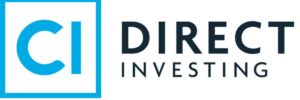


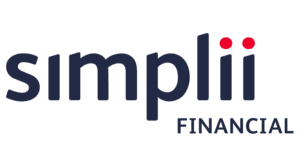







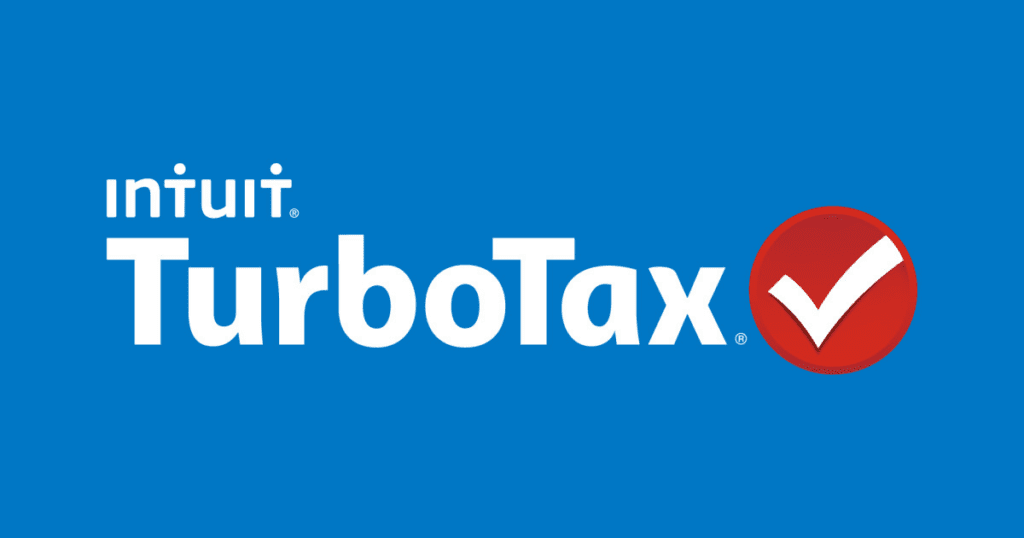
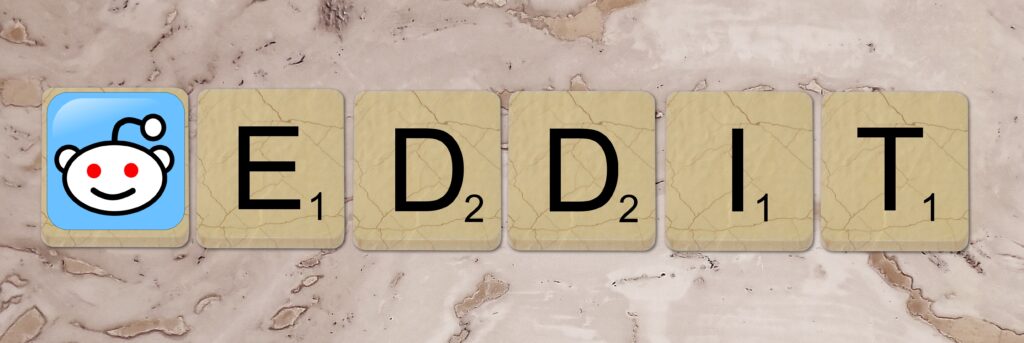



About The Author: Arthur Dubois
Passionate about personal finance and financial technology, Arthur Dubois is a writer and SEO specialist at Hardbacon. Since his arrival in Canada, he’s built his credit score from nothing.
Arthur invests in the stock market but doesn’t pay any fees because he uses National Bank Direct Brokerage online broker and Wealthsimple’s robo-advisor. He pays for his subscriptions online with his KOHO prepaid card, and uses his Tangerine credit card for most of his in-store purchases. When he buys bitcoins, it’s with the BitBuy online platform. Of course it goes without saying that he uses the Hardbacon app so that he can manage all of his finances from one convenient place.
More posts by Arthur Dubois